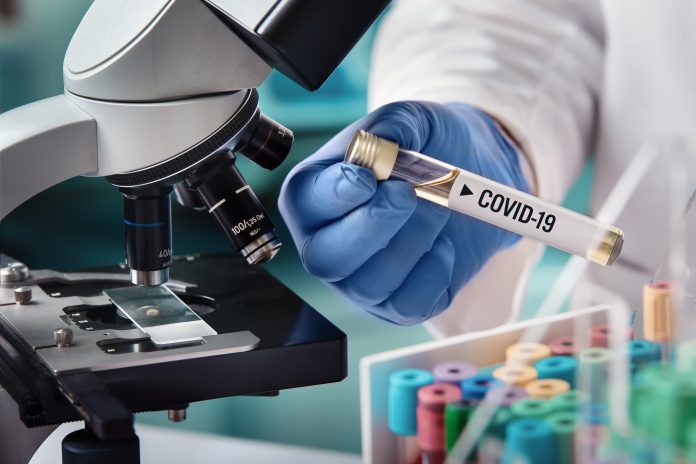With recent news making headlines across the nation that Australians will be among the first in the world to receive a Covid-19 vaccine, if it proves successful, through an agreement between the Australian Government and UK-based biopharmaceutical company, AstraZeneca, experts from the CSIRO have welcomed the news.
“Preliminary reports on Oxford University’s phase 1/2 trials showed promising results and a strong initial immune response. It is welcome news Australians will have access to the vaccine should it prove successful,” says Dr Rob Grenfell, CSIRO’s Health and Biosecurity Director.
Dr Grenfell cautions, however, that while this news is promising, “it’s important to remember there are still hurdles to cross before we have a viable vaccine for Covid-19, including the outcomes of phase 3”.
“These are larger studies involving many thousands of volunteers in a current disease outbreak site – in this case South Africa, Brazil and Europe – that will tell us if the vaccine candidate is efficacious and safe for the broader population,” says Dr Grenfell.
Dr Trevor Drew, Director, CSIRO’s Australian Centre for Disease Preparedness (ACDP), explains that Oxford’s vaccine is a viral vector vaccine, “meaning it is made from a non-replicating version of a common cold virus, adenovirus”.
“Oxford’s scientists have inserted the SARS-CoV-2 genome into a defective adenovirus, which can begin an infection in human cells but cannot replicate to develop infection.
“The key coronavirus protein becomes expressed when the adenovirus starts to replicate. The immune system recognises the virus and develops immunity to the SARS Cov-2 virus,” says Dr Drew.
He adds that vaccines of this type “are very stimulating to all parts of the immune system”.
“As part of our preclinical study of Oxford’s candidate at the ACDP, we are evaluating different administration methods of the vaccine to determine whether an injection or nasal spray confers better protection,” he says.
Success not guaranteed
While the Oxford University trial is in the phase 3 stage, Prime Minister Scott Morrison says that more work is needed to prove its viability.
“The Oxford vaccine is one of the most advanced and promising in the world, and under this deal we have secured early access for every Australian.
“However, there is no guarantee that this, or any other, vaccine will be successful, which is why we are continuing our discussions with many parties around the world while backing our own researchers at the same time to find a vaccine.”
Australia’s Covid-19 strategy
The signing of the Letter of Intent with AstraZeneca to supply the University of Oxford’s Covid-19 vaccine candidate to Australia, along with a consumables contract with Becton Dickinson for the supply of needles and syringes, is one of the first announcement under the Government’s, ‘Australia’s Covid-19 Vaccine and Treatment Strategy’.
Guided by a group of medical and industry experts, the Strategy sets out Australia’s approach to acquire doses of safe and effective Covid-19 vaccines.
Acquiring a vaccine is based on:
- Research and development.
- Purchase and manufacturing.
- International partnerships.
“From early on Australian officials, led by my department, have been meeting with developers and manufacturers of a number of promising vaccine candidates, both domestic and international,” says Minister for Health, Greg Hunt.
“We are confident these actions and targeted investments will put us in the best possible position to secure early access to safe and effective vaccines for Australia.”
Minister for Industry, Science and Technology, Karen Andrews adds that Australia’s manufacturing capability is a huge asset in the push to deliver a Covid-19 vaccine.
“The Australian pharmaceutical industry and its ability to produce vaccines is already among the best in the world and puts us in a strong position to be able to roll out a Covid-19 vaccine as quickly as possible,” she says.
“Through a coordinated approach and strategic investments, we can also improve our knowledge and strengthen our manufacturing capability to respond in the future.”











